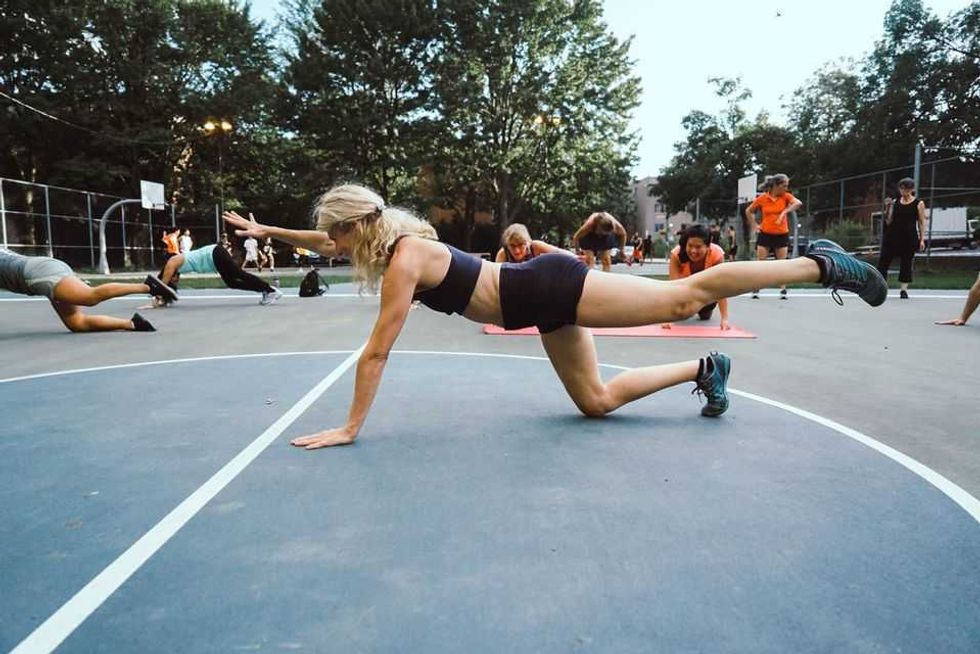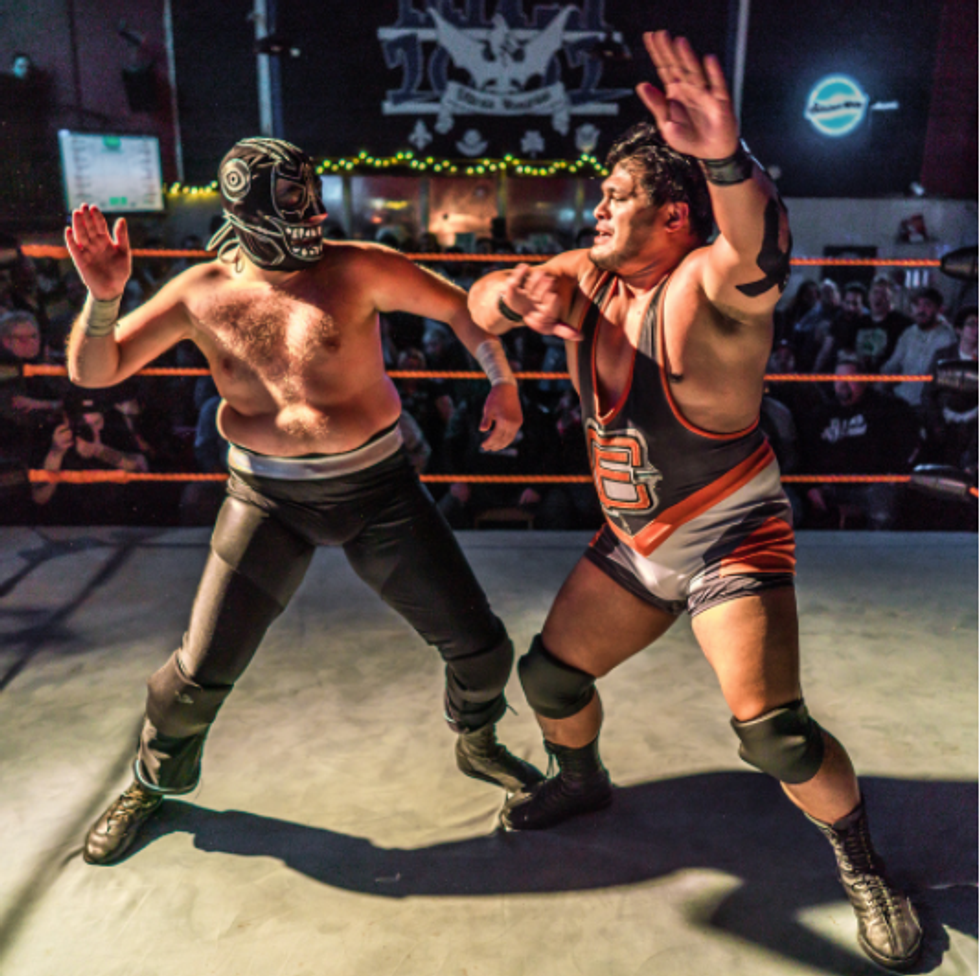When it comes to supporting Indigenous creators, the best place to start is by educating yourself, says Rebekah Elk, a.k.a. @mocassinmama, an Anishinaabe woman from Chippewas of the Thames First Nation and a moccasin maker.
The land known today as Canada is home to diverse Indigenous communities, with a wide range of cultures and forms of visual expression.
Editor's Choice: Quebec Wants To Tweak The Way It Deals With The Death Of The Monarch
It can be difficult for non-Indigenous consumers to show love for these communities without thinking you're overstepping a boundary or appropriating rich histories instead of supporting them, especially when it comes to art.
MTL Blog got the chance to ask the artist a few questions about Indigenous art and culture and how non-Indigenous people can support the plethora of talent here in the city in an authentic and genuine way.
In your opinion, what’s the difference between supporting Indigenous culture and appropriating Indigenous culture?
There is not one Indigenous culture, there are many diverse nations or tribes across North America and the world.
A good starting point for supporting Indigenous is getting to know whose traditional land you’re on and familiarizing yourself with a bit of their history and practices. Learning from Indigenous sources is key to understanding what is considered respectful behaviour and what holds sacred meaning to their community. Learning is the first step to supporting any group and approaching that learning with humility and respect is a must.
Appropriation happens when non-Indigenous folks take up Indigenous practices lightly, without education about the roots of what they’re participating in.
In Canada, it was illegal for Indigenous people to practice their culture for decades, with the last Residential school closing in 1996. These schools were part of a mass-imposed assimilation project by the government and caused harm in many forms to Indigenous people.
This is one of the reasons why Indigenous people are protective of their practices. It is an odd (and hurtful) feeling when it was illegal for your family to do something because it was part of their culture and only a few decades later the very same thing becomes a trend for the non-Indigenous population.
Do you think it’s okay for non-Indigenous people to wear Indigenous clothing? What are the dos and don’ts of buying?
There are so many amazing Indigenous designers. Non-Indigenous people can support Indigenous fashion by purchasing and wearing our designs. Buying Indigenous creations and fashion directly from the source is the best way to rock Indigenous fashion.
While some people worry about what is appropriate to purchase and wear when it comes to fashions from other cultures, usually if it is available for the public to purchase for example in an online shop, you’re okay. The designer or brand has put their clothing into the world with hopes of succeeding as a business and selling their items to whoever appreciates them.
Do: buy from the source, Don’t: try to negotiate the price down — Our creations are valuable, unique, and a reflection of how we as Indigenous people interact with and perceive the world around us.
Many people want to support Indigenous creators, but don’t know where to start. What advice do you have for finding great Indigenous artists in Montreal?
With the current situation of the world, essentially everything is happening online. While in the past I would have suggested going to a cultural event such as Montreal’s Annual Pow Wow where native vendors from all over set up shop for the weekend, right now I would encourage one to look on places like Etsy or Instagram.
With Etsy, you can search a hashtag such as #IndigenousBeadwork, narrow your search locally and find beautiful items from Montreal’s native creatives. Instagram can work similarly, although narrowing your search may be more challenging.
Some of my favourite Indigenous creatives in Montreal who are on Instagram include:
- @cedareve
- @thebirchtrail
- @thisclaw
- @odehmin
- @warisose_
- @little_moon_creations
- @redoakbeadwork
- and, of course, myself, @moccasinmama — to name a few.
There is no shortage of Indigenous artists in Montreal, and with all of the time at home these days there is plenty of time to create. Indigenous creatives share their work publicly with the purpose of connecting with others, sharing their art form, and often selling their pieces.



